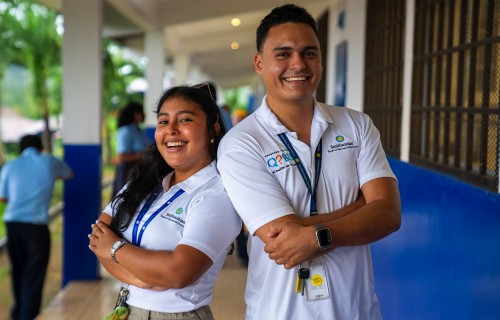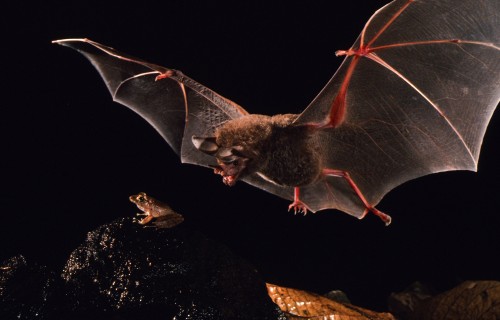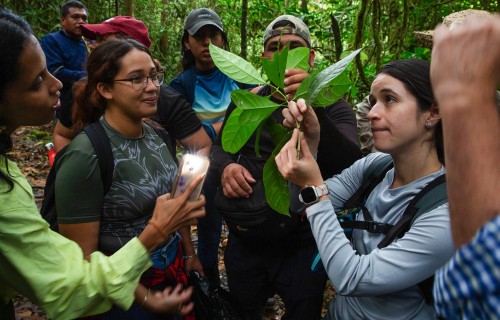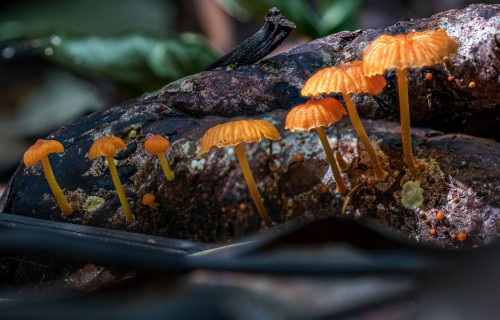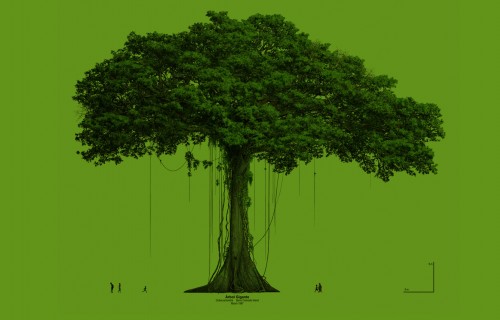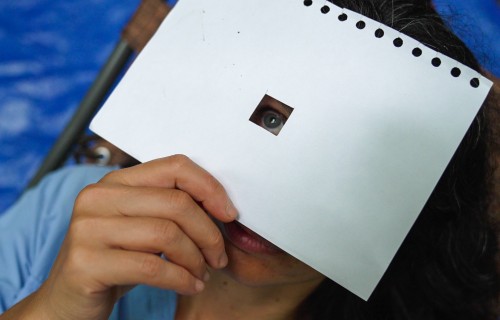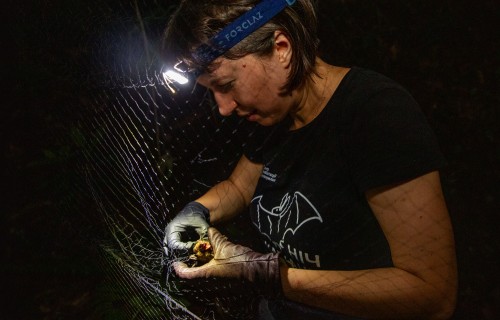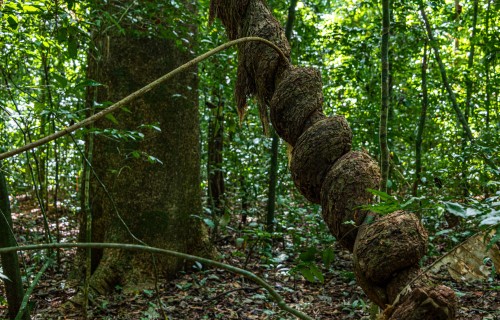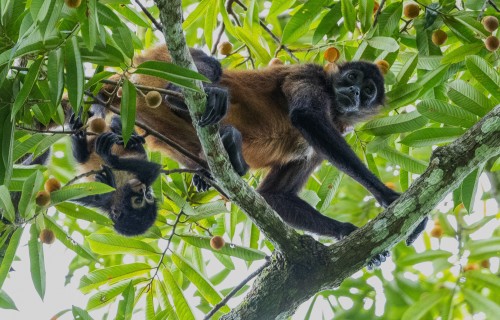Q?Bus begins its
journey around
Panama
Pacific-crossing
creatures
How genetically isolated is
the marine fauna of Panama’s
Coiba National Park?
Naos Island Laboratories
Seemingly far removed from similar ecosystems, research by Smithsonian scientist Harilaos Lessios shows that the diverse marine life of Coiba is connected to the rest of Eastern Tropical Pacific — and beyond.
Visitors to Panama’s Coiba National Park can be forgiven for thinking they are in the middle of nowhere. The protected area is dozens of kilometers from the mainland — and many hundreds of kilometers removed from similar marine ecosystems of the Eastern Tropical Pacific extending from Peru to the Gulf of California.
But for many coral reef organisms in the ETP, these far-flung destinations are all part of a big, borderless neighborhood. A recent review of genetic data by STRI marine biologist Harilaos Lessios and Iliana Baums, associate professor of biology at Penn State University, showed that there is a high rate of gene flow between ETP organisms, even those that are habitually found in the shallow waters of coral reefs.
Ocean currents carry the planktonic form that many of these species take before reaching adulthood. High gene flow between sites allows species to retain cohesion — to avoid becoming new species — across these large distances.
“The compilation of existing data regarding gene flow of coral reef organisms shows that it is generally high,” the authors wrote in a chapter of Coral Reefs of the Eastern Tropical Pacific, a book published in 2017 and edited by former STRI scientist Peter Glynn.
There are caveats, of course. Gene flow is highest near the coast. Further out at sea, at Easter Island, for example, gene flow is virtually non-existent. And the study includes a few species that don’t have larval forms and may face greater challenges in traversing long distances.
Indo-Pacific connection
High gene flow doesn’t mean the ETP has a fully homogenous species inventory. Coiba’s reefs, for one, have a number of species that are not found in Panama’s nearby Las Perlas Archipelago. A number of species of fish, as well as the coral-eating crown of thorns starfish and others are native to the Indo- Pacific, some 5,000 kilometers away.
These seafarers probably cross the formidable Eastern Pacific Barrier during El Niño events. The warmer-than-usual ocean speeds up the North Equatorial Current, giving larval forms the chance to disperse and settle in a suitable new environment like Coiba. (Las Perlas, with its seasonally cold upwelling events, is not a welcoming home for warm-water-only creatures from the Indo-Pacific.)
Even groups of fish living under a large floating log can make it across the Pacific, riding on this current. Lessios says the next major El Niño event will be the perfect time to explore Coiba’s reefs for new arrivals.
“If there’s a strong El Niño event, a species can arrive and settle successfully, if it finds the proper environmental conditions,” says Lessios, who has published research on the phenomenon with STRI colleague Ross Robertson. “Given enough time, it sometimes happens.”

